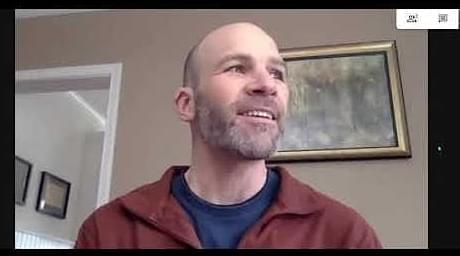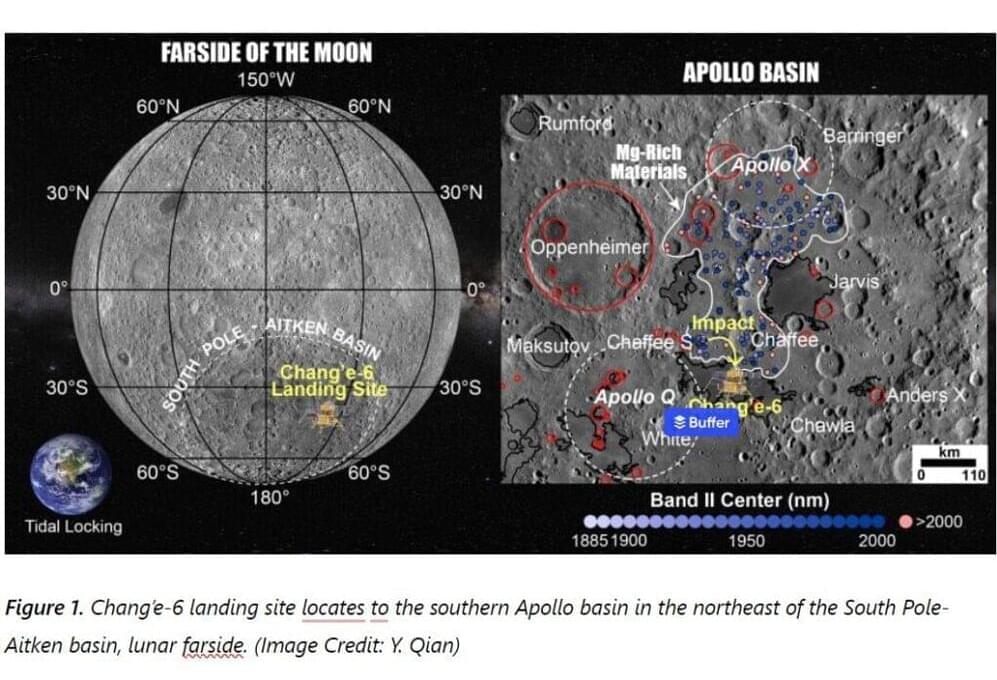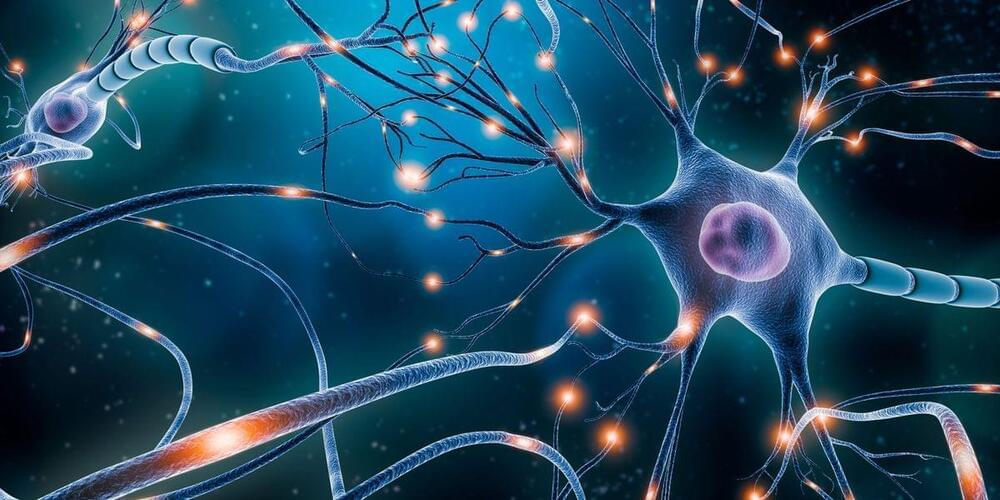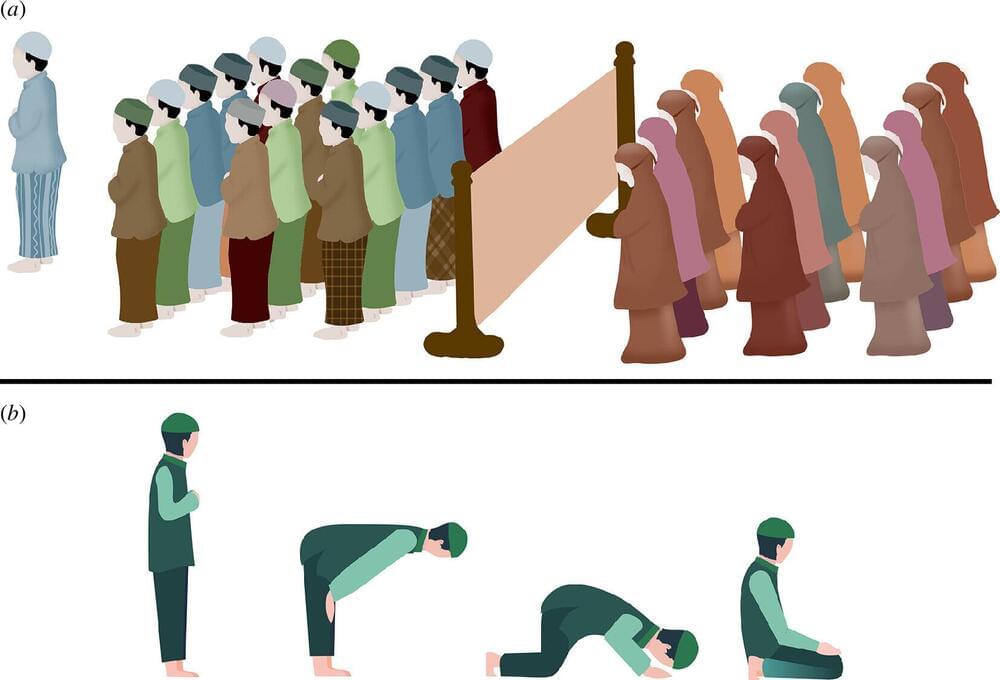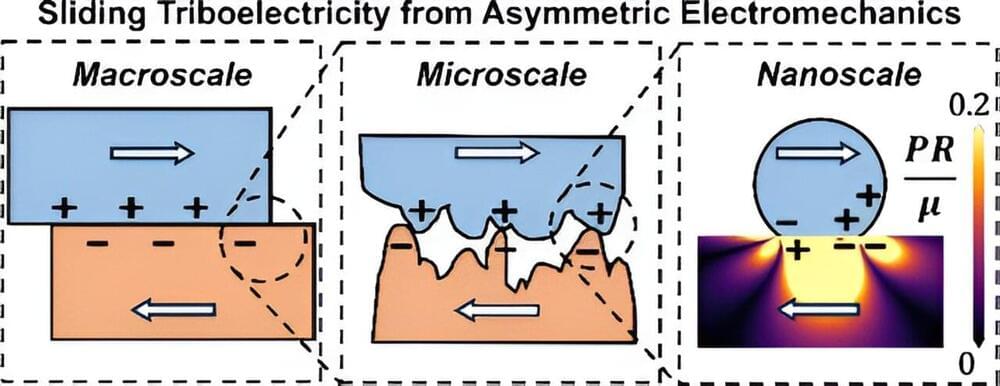Archive for the ‘futurism’ category: Page 18
Sep 21, 2024
Is AI Now Thinking More Like Humans?
Posted by Dan Breeden in categories: futurism, robotics/AI
In today’s fast-paced world, speed is celebrated. Instant messaging outpaces thoughtful letters, and rapid-fire tweets replace reflective essays. We’ve become conditioned to believe that faster is better. But what if the next great leap in artificial intelligence challenges that notion? What if slowing down is the key to making AI think more like us—and in doing so, accelerating progress?
OpenAI’s new o1 model, built on the transformative concept of the hidden Chain of Thought, offers an interesting glimpse into this future. Unlike traditional AI systems that rush to deliver answers by scanning data at breakneck speeds, o1 takes a more human-like approach. It generates internal chains of reasoning, mimicking the kind of reflective thought humans use when tackling complex problems. This evolution not only marks a shift in how AI operates but also brings us closer to understanding how our own brains work.
This concept of AI thinking more like humans is not just a technical accomplishment—it taps into fascinating ideas about how we experience reality. In his book The User Illusion, Tor Nørretranders reveals a startling truth about our consciousness: only a tiny fraction of the sensory input we receive reaches conscious awareness. He argues that our brains process vast amounts of information—up to a million times more than we are consciously aware of. Our minds act as functional filters, allowing only the most relevant information to “bubble up” into our conscious experience.
Sep 21, 2024
Interplay between persistent activity and activity-silent dynamics in the prefrontal cortex underlies serial biases in working memory
Posted by Dan Breeden in category: futurism
Barbosa, Stein et al. show that rather than operating independently, PFC persistent activity and ‘activity-silent’ mechanisms interact dynamically to produce serial effects in working memory, consistent with attractor models with synaptic plasticity.
Sep 20, 2024
Hidden Magmatism discovered at the Chang’e-6 Lunar Landing Site
Posted by Natalie Chan in categories: futurism, space
Lunar igneous activities including intrusive and extrusive magmatism, and their products contain significant information about the lunar interior and its thermal state. Their distribution is asymmetrical on the nearside and farside, reflecting the global lunar dichotomy. In addition to previously returned lunar samples all from nearside (Apollo, Luna, and Chang’e-5), samples from the South Pole-Aitken (SPA) basin on the farside have long been thought to hold the key to rebalancing the asymmetrical understandings of the Moon and disclosing the lunar dichotomy conundrum.
Earlier this year, the Chang’e-6 mission of the Chinese Lunar Exploration Program, successfully launched on May 3, landed on the lunar surface on June 2, and returned to the Earth on June 25 carrying a total of 1935.3g of lunar soils. It is the world’s first lunar farside sample-return mission, which landed in the south of the Apollo basin within the SPA basin on the farside. These precious samples would open a window to solve the long-standing question of lunar dichotomy, even reshape human’s knowledge of our closest neighbour. However, compared with the well-known mare volcanism surrounding the Chang’e-6 landing site, the intrusive magmatic activities have a much more obscure presence and origin, impeding future sample analyses when they are available for application.
In a recent research paper published in The Astrophysical Journal Letters, Dr Yuqi QIAN, Professor Joseph MICHALSKI and Professor Guochun ZHAO from the Department of Earth Sciences at The University of Hong Kong (HKU) and their domestic and international collaborators have comprehensively studied the intrusive magmatism of the Chang’e-6 landing site and its surroundings based on remote sensing data. The study revealed their extensive distributions and obscure nature with significant implications for the petrogenesis of lunar plutonic rocks and the Chang’e-6 mission, which will facilitate scientists’ further study of lunar farside.
Sep 20, 2024
Bio-Inspired Wires Amplify Their Own Signals
Posted by Dan Breeden in category: futurism
Sep 20, 2024
Consciousness as the Temporal Propagation of Information
Posted by Dan Breeden in categories: futurism, neuroscience
Our ability to understand the mind and its relation to the body is highly dependent on the way we define consciousness and the lens through which we study it. We argue that looking at conscious experience from an information-theory perspective can help obtain a unified and parsimonious account of the mind. Today’s dominant models consider consciousness to be a specialized function of the brain characterized by a discrete neural event. Against this background, we consider subjective experience through information theory, presenting consciousness as the propagation of information from the past to the future. We examine through this perspective major characteristics of consciousness. We demonstrate that without any additional assumptions, temporal continuity in perception can explain the emergence of volition, subjectivity, higher order thoughts, and body boundaries. Finally, we discuss the broader implications for the mind-body question and the appeal of embodied cognition.
Keywords: body boundaries; consciousness; information theory; neural correlates of consciousness (NCC); perception; self; volition.
Copyright © 2022 Revach and Salti.
Sep 19, 2024
Researchers improve tunability in optical differentiation
Posted by Saúl Morales Rodriguéz in category: futurism
A new technique may make it easier for researchers to create real-time images of microscopic samples by considering the waves that propagate through sample surfaces as light interacts with them.
Sep 19, 2024
How ‘Embeddings’ Encode What Words Mean — Sort Of
Posted by Shubham Ghosh Roy in category: futurism
When it comes to LLMs, you don’t need a dictionary to determine the meaning of a word — just statistics.
Machines work with words by embedding their relationships with other words in a string of numbers.
Sep 19, 2024
Moving as one: Discovering how synchronous movements strengthen social bonds
Posted by Saúl Morales Rodriguéz in category: futurism
Sharing stories over a cup of coffee; dancing in a group; cheering a football game in a crowd: these everyday rituals are among many different types of shared experiences that help humans develop social cohesion.
Sep 19, 2024
Why petting your cat leads to static electricity
Posted by Saúl Morales Rodriguéz in category: futurism
Anyone who has ever pet a cat or shuffled their feet across the carpet knows that rubbing objects together generates static electricity. But an explanation for this phenomenon has eluded researchers for more than two millennia.
